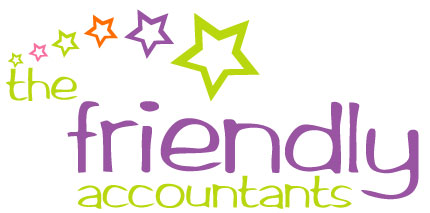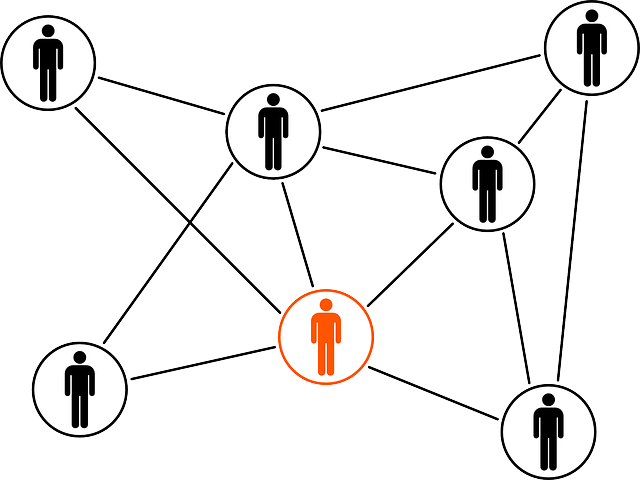The tax rules for associated companies have been around for many years though their effect was lessened when there was a single rate of corporation tax. However in view of the recent corporation tax changes these rules have been brought back into focus given their potential negative impact.
What is regarded as an associated company?
Put simply, a company is associated with another company when at any time one of the two has control of the other or both are under the control of the same person or persons.
How is control defined?
A person or persons are treated as having control where they are able to possess, or are entitled to acquire the greater part of:
There is no order or ranking to these tests. It is the test creating the greatest number of associated companies in the period under review which is applied.
There may be situations where a number of persons have a share or interest in the capital or income of a company. As a result, there may be numerous different controlling combinations that need to be considered when applying the tests to determine whether companies are associated.
A person can control a company either directly or indirectly. The default position is always that where two or more companies are under the 'direct' control of one person or the same identical group of persons they will be associated.
When that test is not met, the next step is to check whether substantial commercial interdependence exists between two or more companies.
Where there is no substantial commercial interdependence between companies you need only consider direct control. You therefore do not need to attribute the rights of an individual's associates.
Where Indirect control is established this means that the rights of all the individual's associates are attributed to them. This means the tax rules for associated companies potentially apply.
What is regarded as commercial interdependence?
To determine whether this is exists you need to consider the degree to which the companies concerned are financially, economically and organisationally interdependent.
Financial interdependence
This exists where one company gives financial support (directly or indirectly) to the other. Additionally, each company has a financial interest in the affairs of the same business.
Generally speaking companies are considered to be financially interdependent where one makes a loan, or provides a guarantee on behalf of another. Intercompany loans are therefore potentially indicative of financial interdependence.
An example
Mr Finch and Mr Reese are partners in a security firm. Mr Finch owns 100% of Finch Enterprises Ltd and Mr Reese owns 100% of Reese Special Services Ltd. Finch Enterprises Ltd has provided a significant loan to Reese Special Services Ltd to keep it solvent.
The two companies are associated as Reese Special Services Ltd is financially interdependent on Finch Enterprises Ltd.
However, this is not always the case and this needs careful consideration. For example a short-term or temporary loan is unlikely to indicate financial interdependence.
Economic interdependence
Companies can be considered to have economic interdependence where they seek to realise the same economic objective, the activities of one benefit the other and they have common customers.
Organisational interdependence
Where companies share management, employees, premises and equipment they can be regarded as having organisational interdependence.
When to include as associated companies
After determining who controls which company and whether there are any controlling combinations of individuals, you need to consider the companies under common control to see whether they should form part of the equation for tax purposes.
When calculating the small companies' marginal tax relief (see below) non-UK resident companies are included, though dormant companies are not.
A company is included even if where it is associated for a proportion of the accounting period. However, this will depend on whether there is a change in the marginal rate bands from one financial year to the next.
Holding companies
A holding company is not seen as carrying on a trade or business (and this not included) where all the following apply:
Investment companies
Because an investment company is carrying on a business of making investments (although not a trade) it is not considered as dormant and can potentially be an associated company.
Even though one company may purely be managing cash in a deposit account, this might be construed as carrying on an investment business, though alternatively the company might be considered dormant as was decided in a recent tax case. Ultimately each case will be decided on the facts.
What is the tax impact of having associated companies?
Just by way of a recap, the main rate of Corporation Tax increase from 19% to 25% with effect from 1 April 2023. Additionally, the small companies rate of 19% applies to single companies with profits of less than £50,000.
Marginal relief will be given for companies with profits between £50,000 (lower limit) and £250,000 (upper limit). The effective rate of tax for companies whose profits fall within these parameters will be 26.5%.
When companies are associated, and there are two or more rates of corporation tax, the profits of both are taxed at the same rate as if they were a single entity. Additionally each company's profit band for Corporation Tax purposes is reduced by dividing it by the number of its associates plus one. The effect of this is perhaps best illustrated by a very simple example below.
An example
Kirk Ltd, Spock Ltd, McCoy Ltd and Scotty Ltd are all associated companies. Kirk Ltd has profits of £45,000, Spock Ltd has profits of £40,000 and McCoy Ltd has profits of £35,000 and Scotty Ltd £30,000.
Whilst these companies profits are potentially within the small companies rate they are all associated. This means the lower limit of £50,000 and upper limit of £250,000 are divided by four to £12,500 and £62,500 respectively. All four companies profits will therefor be taxed at the marginal rate.
Ultimately all companies with profitable accounting periods ending after 1 April 2023 will now need to consider whether they have any associated companies and the likely impact this will have on their corporation tax liabilities
For more useful information, check out our Ebooks here.
And if you'd like to know how we can help you with all of this, or with anything else, feel free to give us a call on 01202 048696 or email us at [email protected].
Alternatively, please feel free to complete our Business Questionnaire here.

